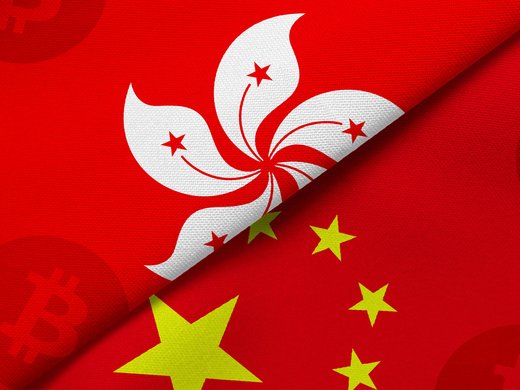The IMF annual meetings in Lima focused on the policy adjustments that are needed in an environment of modest and uneven global growth, falling commodity prices, and rising U.S. interest rates. The key policy priorities, it was agreed, are policies that promote growth, preserve fiscal sustainability, reduce unemployment, manage financial stability risks, and support trade. These priorities were reflected in the Communiqué of the International Economic and Financial Committee (IMFC), the ministerial committee that mirrors the composition of the Fund’s Executive Board and provides strategic direction to the Fund’s work.
Maurice Obstfeld, the IMF’s new Economic Counsellor and Research Director, said that “the holy grail of robust and a synchronized global expansion remains elusive” and that downside risks had increased. Global growth is forecast to slow to 3.1% this year from 3.4% last year, and to rebound to 3.6% in 2016. The forces underlying these forecasts include China’s economic transition from export- and investment-led growth toward a greater focus on consumption and services. Second, and related, the fall in commodity prices associated with China’s shift away from commodity-intensive investment and manufacturing. And third, the impending normalization of U.S. monetary policy, which will have global repercussions.
The slowdown is particularly marked in emerging and developing economies, reflecting the slowdown in China, economic distress in countries like Brazil and Russia, and weaker growth in oil and commodity exporters. External conditions are becoming more difficult for emerging economies, as the prospect of rising U.S. interest rates and a stronger dollar already has contributed to higher financing costs for corporate and sovereign borrowers. However, these countries are generally better prepared for this less favorable environment, given their stronger fundamentals, buffers built during the good times, and flexible exchange rate policies that cushion the impact of adverse terms-of-trade movements on demand. Chile’s finance minister Rodrigo Valdes and Peru’s central bank governor Julio Velarde noted that their respective countries had been running fiscal surpluses during the good times, creating room for countercyclical policies in the current downturn. IMF Managing Director Christine Lagarde proposed three steps that emerging markets should take to address the slowdown: (a) stimulate demand, provided there is fiscal space, (b) ensure financial stability through macro prudential measures, and (c) implement structural reforms to improve potential output growth.
In advanced economies, the IMF forecasts a modest pickup in growth to 2% this year and 2.2% in 2016. The growth pickup reflects a continuation of the modest recovery in the euro area and the United States, and a return to positive growth in Japan, supported by declining oil prices, accommodative monetary policy, and improved financial conditions. Nevertheless, medium-term economic prospects remain subdued, reflecting a combination of lower investment, weak productivity growth and unfavorable demographic trends. Accommodative monetary policy in the euro area remains essential to fight deflation and contain financial sector risks, while non-performing loans in European banks were flagged as a risk to financial stability. On the fiscal side, the IMF urged countries with room for fiscal stimulus, e.g. Germany, to boost public investment in infrastructure. Over the medium term, large interest rate hikes by central banks were seen as unlikely because developed countries are suffering from low inflation —or even deflation — and high debt levels.
Absent from the meetings was any discussion about the Greek adjustment program and Grexit risks. This may have reflected “Greek fatigue”, low contagion risks, and/or the realization that Greece would remain in the euro area no matter what. The lack of appetite for Grexit implies that if the country resisted reform, it would remain impoverished within the euro area. In the IMFC press briefing, Ms. Lagarde was asked to comment on the prospects for debt relief for Greece. She re-iterated the mantra that the Greek program walks on two legs, one on in-depth reforms to secure fiscal balance and improve growth prospects, and another on debt sustainability, which requires debt relief. The terms of the debt relief would be set after the reforms are implemented, based inter alia on the need to keep annual debt service costs below 15% of GDP. Debt relief for Greece is not seen as urgent because Greece already has secured a grace period for interest payments to the European Stability Mechanism until 2022, and an even longer repayment period.


